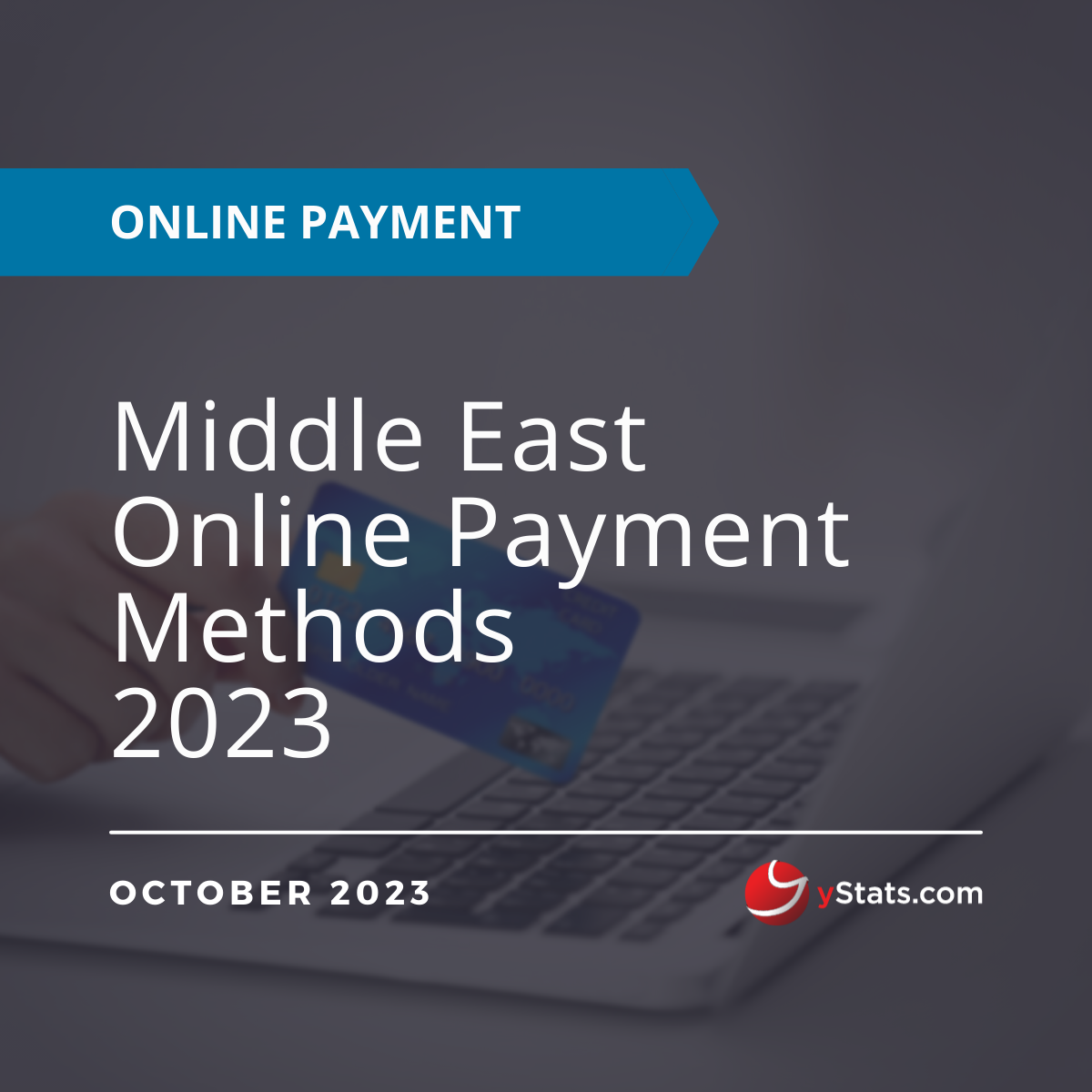Description
Countries Covered: UAE, Saudi Arabia, Israel, Jordan.
Pages: 53
Publication Date: 25/10/2023
Questions Covered in the Report:
- What percentage of online transactions in the MENA region is expected to come from mobile commerce by 2025?
- What portion of MEA’s online spending came from digital wallets in 2023?
- By 2027, what percentage of total electronic payments will be real-time in MEA and South Asia?
- What’s the expected value of digital payments in the UAE by 2031?
- What’s the projected CAGR for card payments in Saudi Arabia from 2023 to 2027?
Key Findings:
Digital wallets make up around one-fifth of the total online spending in the MENA region in 2023: new yStats.com report.
Card-based payments are leading, with alternative payment methods on the rise in the Middle East
Digital payment adoption is generally high in countries such as the UAE, Israel, and Saudi Arabia, where around 7 to 9 in 10 adults made digital payments in 2022. In contrast, Jordan displayed a lower double-digit share, indicating a variance in digital payment development and adoption within the region, according to a new publication by yStats.com.
The breakdown of payment methods used for online shopping in Saudi Arabia was fairly balanced, with cards being the most popular, followed by alternative payment methods. In Israel, cards constituted a significant portion of total online payments, followed by e-wallets. Additionally, the card payments market in Saudi Arabia is projected to experience a double-digit CAGR by 2027. Consequently, card payments continue to be one of the dominant online payment methods in the Middle East, while digital wallets accounted for approximately one-fifth of the overall online spending in the MENA region in 2023.
Real-time payments expected to grow at double-digit CAGR
While card-based payments lead the online payments market in major Middle Eastern countries, alternative payments rank second in various nations, as indicated in yStats.com’s latest report. With the increasing adoption of alternative payments, real-time payments are also seeing a surge in usage. In Saudi Arabia, the number of real-time payment transactions is projected to more than triple between 2022 and 2027, displaying a double-digit CAGR. Furthermore, in the UAE, real-time payment transactions are expected to nearly quadruple during the same period, showing an even higher double-digit CAGR.






